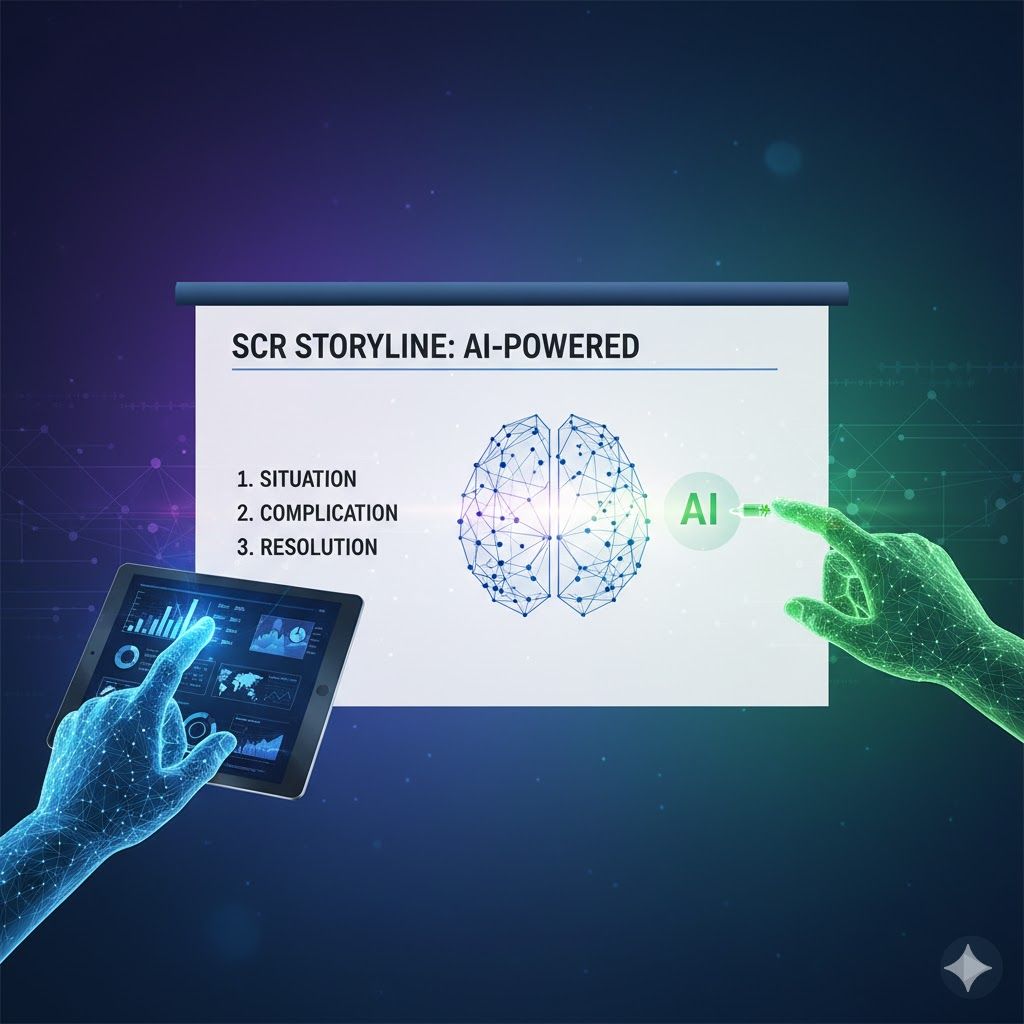Putting People At The Centre Of Operations

The field of operations management has deep roots in developing effective processes for people. How can we encourage further growth in this area?
Operations management (OM), which is often associated with processing widgets and information, has permeated the workplace to such a degree that the HR function at companies like Google is now known as “People Operations”.
As the nature of work has changed over the past generation, becoming more service-oriented, knowledge-intensive, and rapidly changing, a growing stream of OM research has shifted away from manufacturing to managing people – individuals, teams and organisations.
People affect processes and processes affect people. These linkages between people and processes impact performance. People-centric operations (PCO) is how people affect the performance of operational processes; it has always been part of OM but not previously explicitly defined. In a recent paper, Bradley R. Staats and I clarify how this part of OM encompasses several research strands that have been, until recently, marginalised. To shed light on the multiple facets of people-centric operations, we have co-edited an upcoming special issue on the topic in Manufacturing & Service Operations Management (M&SOM).
What is PCO?
Unlike the field of organisational behaviour, PCO doesn’t study behaviour solely for its own sake, but rather it studies how behaviour changes the performance of operational processes.
The fundamental principles of PCO are:
- People, not organisations, are self-optimising. It is people within the organisation who make choices.
- People are unique. They have different goals, beliefs, skills, strategies and approaches to learning.
- People change with time. They are never “finished”: People add skills with experience and need training to maintain their skills.
- People have discretion. The implications of individual choice are vast.
The elements of PCO are embedded in the roots of operational management, specifically scientific management (how people affect the performance of operational processes) and lean production (reliance on people for continuous operational change). Toyota’s lean management demonstrated how understanding the way people affect and possibly improve operational processes could lead to success even though the firm was up against automakers with many more resources.
Yet, over the last 40 to 50 years, OM was primarily based in operations research, where everything tends to be modelled mathematically. Modelling typically reduces human beings to variables in equations, at the risk of ignoring relevant dimensions. As the field developed, it somewhat lost that connection with the human nature of operators and customers. For instance, inventory models typically assume that demand is exogenous and random. Customers themselves aren’t modelled; they are random variables. This leaves out their desires, choice, agency, etc. Similarly, queueing systems model customers as widgets joining a queue at random times, with random requests. There is no understanding of why they arrive at these times. The randomness is taken as a given and then inventory levels or staffing levels are optimised.
The whole environment is basically a randomiser. PCO-focused research goes deeper and posits that customers and other humans make decisions. They could make decisions to maximise some utility, or because they have biases, or because they like to connect with a person from the company. Similarly, the servers or the decision makers have their own biases, their own objectives and their own discretion.
Although part of the mainstream work of OM, PCO lacks a central theme, and more importantly, a comprehensive community. So, we set out to find the commonalities across certain fields.
What type of research?
We reviewed abstracts of M&SOM from its inception in 2000 to 2020 to capture PCO research at the core of OM by reviewing all the article abstracts. Then we made a deeper dive into 98 research articles out of a pool of 679 in total. Using these articles, we uncovered key clusters of PCO research:
- Is the research descriptive (the “what”) or prescriptive (the “how”)?
- Is the individual, the team or the organisation the focus of study?
- All articles were based on one of five themes: utility theory, strategic behaviour, behavioural biases, learning and productivity, and coordination and trust.
With two larger subfields – prescriptive research on strategic behaviour/utility theory at the level of the market and descriptive research on individual behavioural biases – there are other people/process subjects that are included in PCO articles. Among the questions addressed are: Which team performs better? Does it depend on the nature of the task? The familiarity with the team members? The level of experience? What are the best learning processes? How do we coordinate teams?
There are many subfields and through our analysis, we've realised that although these fields were quite separate, there could be opportunities to connect. Using clustering analysis by natural language processing tools, we noticed that certain researchers would benefit from learning from each other. These researchers used virtually the same language, even though they used different methodologies. It could lead to interesting bridges between sub-communities and we hope that this special issue dedicated to PCO will encourage people to bridge those communities.
Shifting to the service economy
Going back to operations management pioneers, they achieved incredible productivity gains in manufacturing and agriculture, which were the dominant sectors of activity and OM study before the 1950s. Until the early 2000s, the service sector, plagued with very low productivity, was the neglected child in terms of research. Consider the classic example of a hairdresser. We still cut hair in the same way in the 21st century as we did in the 15th century – the whole process of wetting the hair, cutting with scissors, etc. hasn’t been optimised. Perhaps because there was less room for optimisation in processes like this or because people were unable to see any room for it, the services sector was left a bit to the side.
In this century, however, because of the revolution of information and communication technologies, research has shifted to accept that the service sector can also be industrialised. Moreover, behaviours have started to be sufficiently well understood to be an integral part of the industrialisation process. In services with strong information components, dramatic improvements in their productivity are possible. Customer-obsessed Amazon is an example of dramatic improvements in a service.
The wealth of data generated in certain segments of the service sector has the potential to supercharge PCO research. Traditionally one of the most time-consuming operations at Amazon was the picking process as pickers walked down the aisles to fulfil orders. The first layer of optimisation was to adapt the pickers’ routes to reduce their walking time. Pickers wearing RFID chips were tracked in real-time and received signals if they passed an item for an order. Over time, Amazon realised that the task was too demanding and repetitive. It has now been automated, marking a definite transition towards robotisation.
But there are many other labour-intensive tasks for people to do in a warehouse, like packing, for example. “As technology has reshaped its workforce, Amazon has set aside $700 million to retrain about a third of its US employees for roles with new demands,” according to an article about Jeff Bezos’ master plan for the company. Efficiency for its own sake is not the firm’s goal. The use of vast amounts of data available in service industries is shaping OM.
This may interest you: How Do You Change Inside Out
The key is acceptance
Data’s granularity and accessibility creates a new opportunity for people-centric operations. We can study how human beings affect process performance, or how the process affects human behaviour. Like Amazon employees, customers can also wear RFID chips to provide tracking in exchange for services or other benefits. Acceptance is key – a firm must be transparent with how the customer or employee data will be used.
Customers are very willing to share information about their movement at Disney theme parks, for example. Park “guests” used to wear devices known as MagicBands to unlock hotel room doors, make purchases or attend exclusive events. The park tracked their movement and managed the flow of customers accordingly. Customer acceptance has been quite high because people reap the benefits; now the parks have shifted to an app.
Using data like this to optimise processes can be done across fields. In addition to my own research on customer ownership (utility models), coproduction (team coordination) and practice processes (learning and productivity), other INSEAD faculty have conceived important research on PCO. They include Ludo Van der Heyden on fair processes (team coordination), Jürgen Mihm and Manuel Sosa on team creativity (learning and productivity) or Sameer Hasija on Parkinson’s Law (individual biases).
The future of PCO
As the world continues to change at breakneck speed, it has become even more important to study people and processes, and the data to do so are increasingly available. People have always been at the centre of operations, going back to scientific management, but somehow the field has wandered away from the role of people on processes. It's time to bring it back.
In practice, we need to re-associate people with operations, like Google has. We heavily rely on people in teams to run businesses, so we need research to continue to unveil the impact of people on processes and how processes may change people.
People should always be at the centre of operations! Be sure to continuously engage with them to ensure you are ahead of any issues of concern and processes that can be made better at your organisation. Watch this video and see how Happily can help your organisation gather data and feedback.
To find out more about Happily, click here or email info@leaderonomics.com

Functional
Tags: HR, Companies, Systems & Structures, Organisational Challenges, Business Management
Guillaume Roels is the Timken Chaired Professor of Global Technology and Innovation and Professor of Technology and Operations Management at INSEAD. His current research focuses on service operations and supply chain management.





